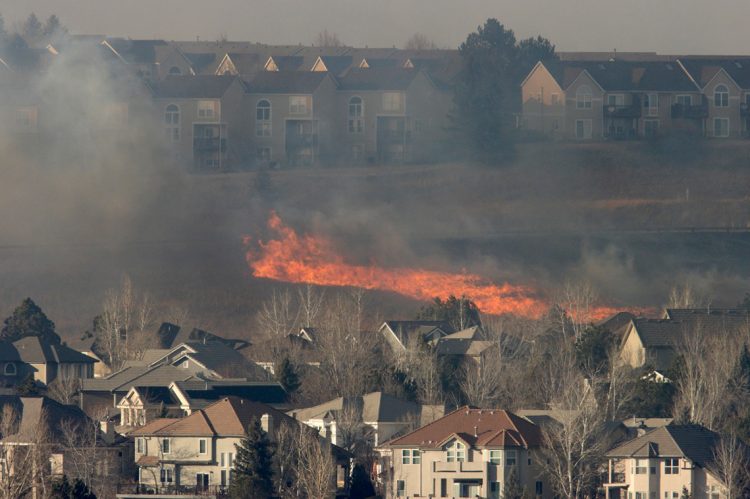Wildfires commonly affect the Western U.S., but climate change and the region’s severe drought of recent years has only exacerbated the issue. Decreasing water levels in the Colorado River and Lake Mead, along with declines in snowpacks, have contributed to a longer wildfire season by an average of three months, resulting in a 1500% increase in burn areas. This is according to CoreLogic’s annual Wildfire Report for 2022, which examines property-related wildfire risk alongside reconstruction resource availability, temporary housing capacity for displaced individuals, and community economic recovery potential among fire-prone regions. The report tracks wildfire risks in 15 Western U.S. states and Florida.
Key findings from the report include:
- Over the past decade, CoreLogic data found that wildfires burned an average of 6.8 million acres per year, with that number topping 10 million acres in three of those years.
- California, Florida, Texas, Colorado and New Mexico are the top five states for number of homes at risk of wildfire damage.
- Colorado and New Mexico also have communities at high risk of large population displacement–an issue of greater concern than looking at total housing risk alone:
- El Paso County, Colorado has nearly 39,000 properties at risk of wildfire damage and was home to around 730,000 people in 2020
- Santa Fe County, New Mexico has nearly 34,000 properties are at risk of wildfire damage in a county that was home to around 155,000 people in 2020
- Between 1983 and 1992, wildfires consumed an average of 2.7 million acres per year.
- Climatological influences have contributed to an increase in fire season length by three months and a 1500% increase in area burned by large wildfires in U.S. forests.
The takeaway:
“Consuming thousands of homes in the U.S. every year, wildfires present a real and present threat to our families and communities. Mitigating this risk will require commitment from homeowners, first responders, insurers and regulators. A first step in achieving the resilient communities we seek is to quantify what is at risk,” said Tom Larsen, senior director of Insurance solutions at CoreLogic.
The full CoreLogic 2022 Wildfire Report, including maps, charts and analysis can be found here.












